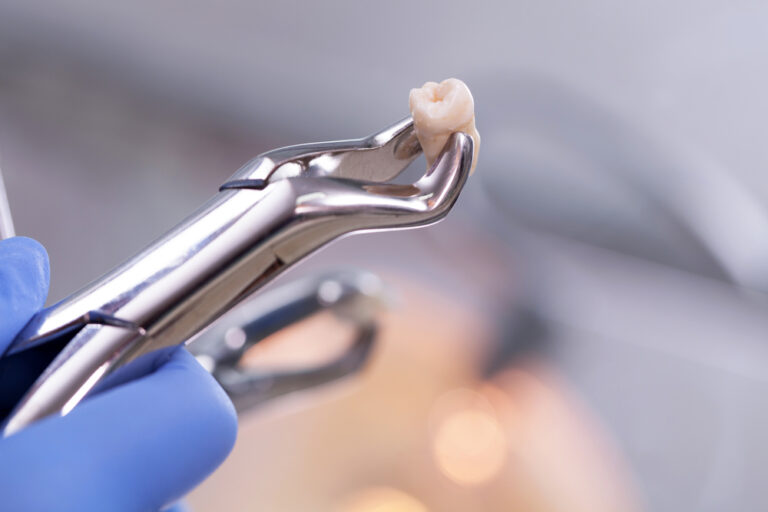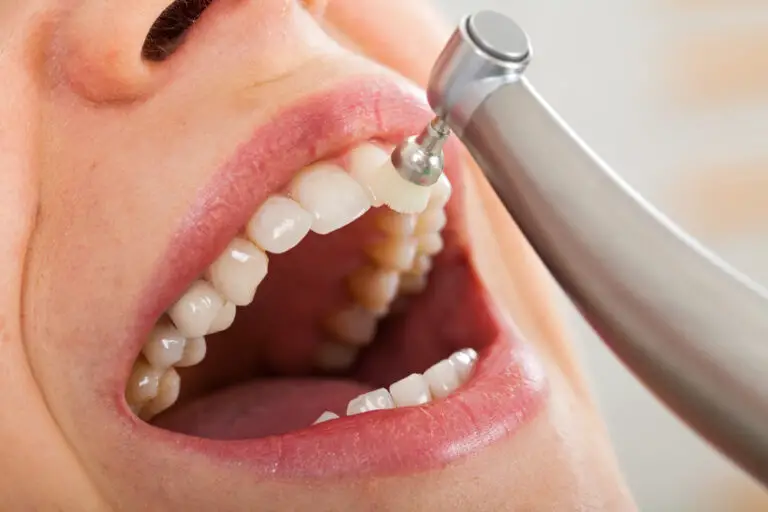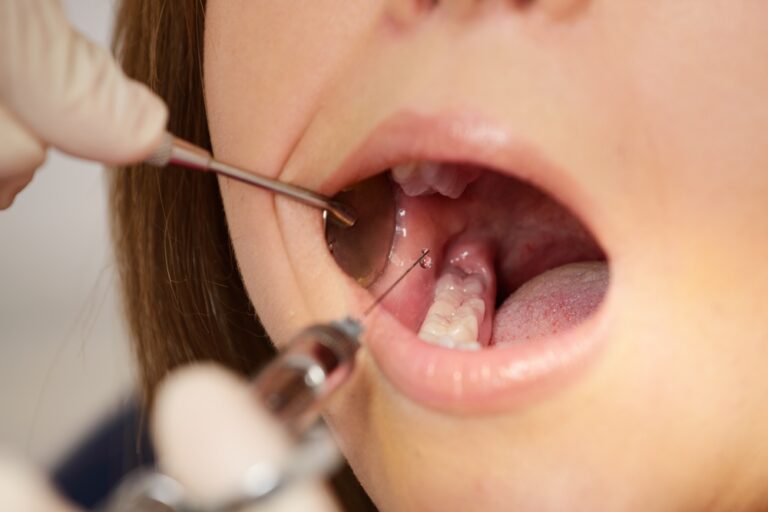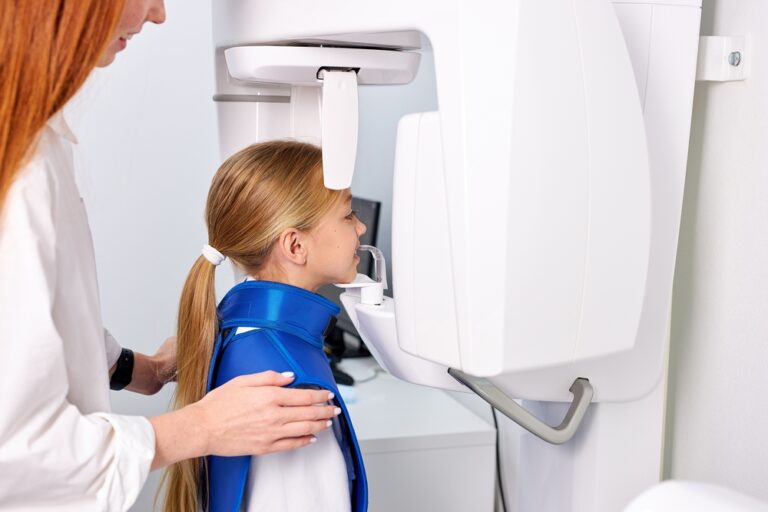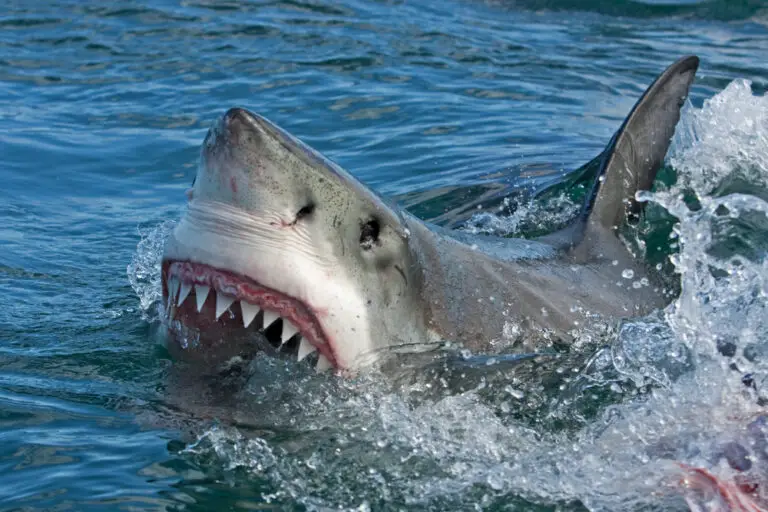Human canine teeth, also known as cuspid or eye teeth, are located between the incisors and premolars. They are given the name “canine” because their pointed shape resembles the fangs of dogs and other canines. But are human canine teeth as sharp as their namesake suggests? Let’s take a closer look at the anatomy and function of these unique teeth.
The anatomy of canine teeth
Human canine teeth have a distinct anatomy that differs from other tooth types. Some key features include:
- Pointed tips – The tips of canine teeth come to a rounded point, which aids in piercing and grasping food.
- Single rooted – Canines have a single root that is longer than the crown of the tooth. This provides anchorage in the jawbone.
- Longest teeth – After wisdom teeth, canine teeth are often the longest teeth in the mouth. Their length ranges from 22-27mm.
- Conical shape – Canines have a cone-like shape that tapers from the crown to the root.
- Align with corners of mouth – Upper and lower canines align with the corners of the mouth and help guide the jaw into place during biting and chewing.
The function of canine teeth
In addition to their unique anatomy, canine teeth serve important functional roles:
- Tearing – The sharp tips allow canines to pierce into foods and tear pieces away. This assists in biting off and chewing pieces of food.
- Holding and grasping – Canines’ pointed shape enables them to grip and hold objects. For example, canines are used when biting into and grasping an apple.
- Speech – The position of canines helps shape sounds during speech.
- Guiding jaw movement – Canines guide the jaw into the proper biting alignment.
- Defensive weapon – Along with premolars, canines can be used defensively as weapons. However, human canines are no match for the long, sharp fangs of true canine species.
Do human canine teeth qualify as sharp?
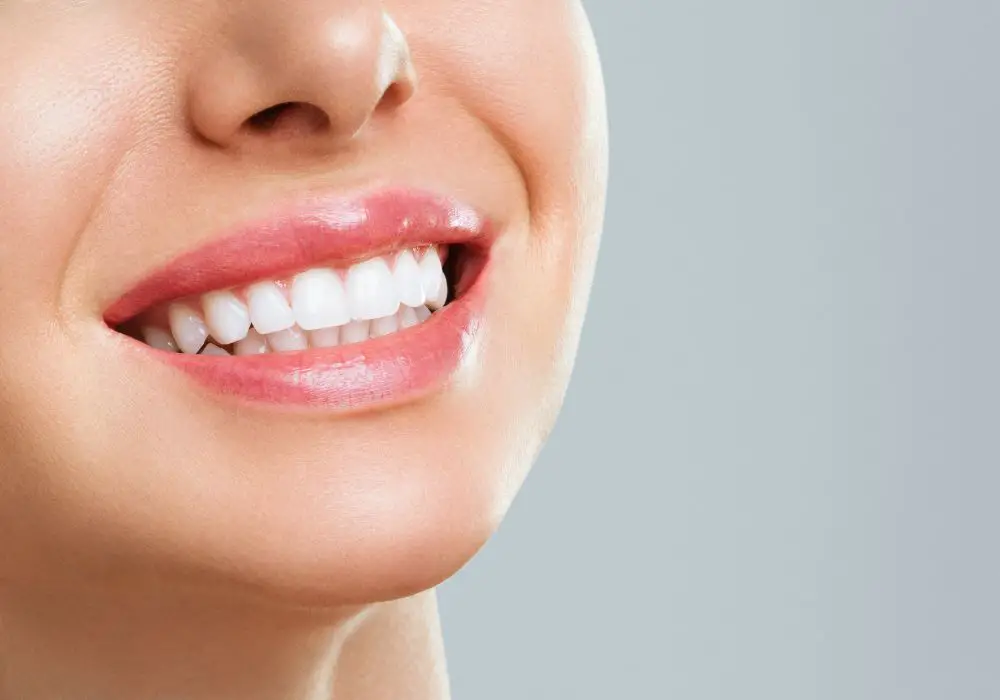
The word “canine” evokes an image of dogs with long, blade-like fangs designed for shredding meat and hunting prey. But do human canine teeth live up to their namesake in terms of sharpness? Let’s closely evaluate whether human canines qualify as truly sharp teeth.
Measuring canine tooth sharpness
Researchers use quantitative measures to assess the sharpness of canine teeth. These include:
- Tip radius – The radius or curvature of the cusp tip. A smaller tip radius indicates a sharper point.
- Edge angle – The angle between the slopes extending down from the tip. A more acute angle creates a sharper wedge-shape.
- Tip symmetry – Jagged, uneven edges are perceived as sharper. Smooth, rounded tips seem blunter.
- Enamel thickness – Thinner enamel allows for a finer, sharper edge. Thick enamel leads to a blunter edge.
Based on microscopic measurements of these metrics, studies consistently show human canine teeth are substantially duller than the canines of carnivores adapted to hunting and consuming raw meat.
Quantitative comparison to carnivores
When numerically analyzed under magnification, human canine teeth compare as follows:
- The tip radius of human canines averages around 350 micrometers. This is relatively large and blunt.
- In comparison, large felines like lions have incredible sharp teeth with tip radii <50 micrometers – almost 7 times sharper than human canines!
- Wolves also have much sharper fangs than humans. Their canines have tip radii around 90-100 micrometers.
- The enamel of human canines is thick, creating a rounder, blunter edge. Predators have much thinner enamel optimized for sharpness.
Here is a table quantitatively comparing the sharpness of human canines vs. various meat-eating species:
| Animal | Canine Tip Radius |
|---|---|
| Lion | <50 μm |
| Leopard | <50 μm |
| Jaguar | <50 μm |
| Gray wolf | 90 μm |
| Snow leopard | 100 μm |
| Spotted hyena | 100 μm |
| Human | 350 μm |
The data highlights that while human canines are notably sharper than our incisors and molars, they are far duller and blunter at the microscopic level than the teeth of fierce carnivores adapted to hunting, killing, and consuming raw meat.
Qualitative sharpness comparison
Beyond the numbers, a visual, qualitative comparison also reveals the relative lack of sharpness in human canines.
Carnivores like wolves and big cats have canine teeth with these ultra-sharp features:
- Extremely needle-like points for puncturing prey
- Long conical shape with very acute edge angles
- Jagged, serrated cutting edges along the enamel
- Thin razor-sharp enamel covering
In contrast, human canines have these comparatively dull traits:
- Shorter crown with a rounded, blunted tip
- Wider conical shape with an obtuse, dull edge
- Lack of serrated cutting edges
- Thick glossy enamel that inhibits sharpness
Therefore, while the term “canine teeth” brings to mind sharp fangs, the human versions are quite dull in comparison to carnivores adapted for hunting, killing, and consuming prey with their teeth. Humans simply do not require or possess canine teeth anywhere close to as sharp as true canine species.
Evolutionary factors shaping human canine teeth

If sharp canines are so useful to carnivorous predators, why did the human version evolve to be so blunt? There are several key evolutionary and behavioral adaptations that help explain the relatively dull nature of human canine teeth.
Reduced role of canines in hunting/defense
Unlike other primates and carnivores, early humans became less reliant on canine teeth for hunting, killing prey, or self-defense against predators:
- Humans evolved to use tools, weapons, and coordinated group hunting strategies to capture prey rather than just teeth. This reduced the importance of long, sharp fangs.
- Canines became less crucial for physical competition during male-male conflict for mates as humans developed more complex communication abilities and social structures.
- As weapons improved, canine teeth decreased in importance for defense against predators or other humans during fighting. Sharpened stones and other tools were more effective than teeth for combat.
Changes to diet and food processing
In addition to reduced use in hunting and defense, changes in diet and food preparation techniques lowered the necessity for sharp canine teeth in humans:
- Cooking food by fire or other means softened food, decreasing the need for slicing and tearing with sharp teeth.
- Processing food using new tools and technology like grinding grains allowed consumption of softer foods.
- As human diets diversified beyond hard, raw meat and plants, canines became less essential for piercing tough foods. Softer, processed foods placed less functional demand on sharp teeth.
Reduced prominence through genetics
Some evolutionary scientists theorize that genetic and developmental changes also contributed to decreasing the prominence and sharpness of canines:
- Mutations in certain genes involved in tooth formation like PAX9 and MSX1 may have impaired canine size and sharpness in early humans.
- Interbreeding between modern humans and Neanderthals or other hominins could have introduced genetic changes making canines smaller and blunter.
- Changes to developmental timing led to slower canine growth and eruption, potentially impacting sharpness.
Culture and behavioral shifts
In more modern eras, cultural shifts may have also influenced dulling of human canine teeth:
- The practice in certain cultures of hand feeding premasticated foods to infants and young children reduced early use of canines and accelerated their blunting.
- Universal adoption of utensils like knives and forks eliminated tearing and chewing of meat and plants with teeth.
- Prevalence of soft diets from processed and cooked foods created less demand for using canines to bite and tear.
In summary, reduced necessity for using canines as weapons combined with increased usage of tools and softened foods rendered extreme canine tooth sharpness unnecessary from an evolutionary standpoint. This allowed the human canine teeth to become the moderately sharp tearing tools they are today.
Impacts of canine tooth sharpness
The fact that human canines are not extremely sharp has some important impacts regarding dental health and function:
Lower risk of trauma
Very sharp canine teeth increase the risk of lip, tongue, and cheek injuries. Human canines cause fewer traumatic piercing wounds due to their bluntness.
Mixed effects on dental function
Moderately dull canines are:
- Less prone to fracture vs. thin, blade-like teeth.
- But may increase crowding/malocclusion since guidance is reduced.
Greater need for high masticatory forces
Obtuse, blunted canine tips require greater force to puncture and tear foods during chewing and biting. Sharper canines pierce more easily.
Gender differences persist
On average, male canines are slightly longer, larger and sharper. This shows lingering sex differences in canine function related to our evolutionary past.
Enables diverse diets
With non-specialized canines, humans can eat a wide variety of textured foods instead of just meat.
Restorative options available
If excessively dull, canines can be re-sharpened via reshaping, crowns, veneers, etc. But risks like speech issues must be considered.
Identification use in forensics
The unique shapes of canine teeth assist forensic identification when other remains are missing by allowing dental modeling.
In summary, while very sharp canines have some benefits, the moderate sharpness of human canine teeth strikes an optimal balance between effective function and safety.
Maintaining canine tooth sharpness
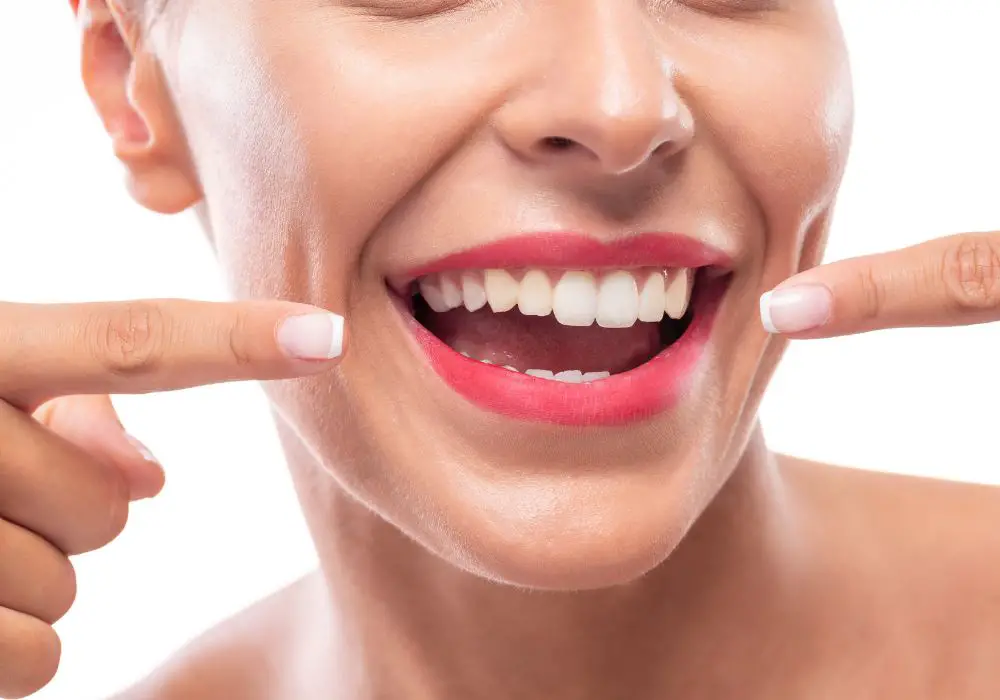
What are some strategies to maintain functional sharpness of canine teeth and prevent excessive dulling?
- Carefully brushing canines helps prevent decay and excessive wear to protect the enamel. Use a soft or extra-soft bristled brush.
- Avoiding hard foods/items like nuts, candies, or ice that can crack enamel. Minimize direct use of canines as tools.
- Getting dental cleanings to remove staining and tartar that can reduce enamel integrity and sharpness.
- Wearing a mouthguard during sports or at risk activities helps prevent fractures or trauma that would dull tips.
- Re-contouring, bonding, or capping excessively worn/damaged canines. But retain some point for function.
- Regular dental exams to promptly address issues like chips, cracks or excessive wear that progressively dull the teeth.
With proper oral hygiene and avoidance of damage, human canine teeth can maintain moderate pointiness throughout life despite gradual, normal wear. Balancing function and safety regarding sharpness is ideal.
Frequently Asked Questions
Are my canine teeth supposed to be sharp?
Moderately sharp canine teeth are normal for effective biting and tearing of food. However, they should not be razor sharp like a cat’s fangs. Some sharpness is ideal, but excessively sharp canines can indicate problems like misalignment, gum recession, or chipping.
Why are my canine teeth so blunt?
If your canines seem excessively blunt, it is likely due to substantial wear over time. Other possibilities include erosion from acidic foods, grinding of teeth, or dental work like crowns that was not properly contoured. Consulting your dentist can determine the cause of over-blunting.
Are sharper canine teeth more attractive?
Some people find sharper canine teeth to be aesthetically pleasing or a sign of youth. However, ultra-sharp canines can also create problems like lip/cheek biting or speech impediments. Moderately sharp teeth are ideal for function and aesthetics. Extreme sharpness is unnecessary.
Can I sharpen my blunt canine teeth?
You cannot truly sharpen worn-down canine teeth yourself. However, options like dental veneers, reshaping, or crowns can restore sharpness by rebuilding the canine tip. But beware – improperly contoured restorations can leave canines overly sharp and risky to soft tissues. See a dentist to discuss correction of excessively blunt teeth.
Should I get my child’s sharp canines reduced?
It is usually best to retain moderately sharp canines in children to preserve their natural anatomy and function. Only in cases of excessive sharpness causing problems like recurrent lip trauma or difficulty speaking should reduction be considered. Usually some enamel rounding or small veneers can gently blunt overly sharp children’s canines when necessary.
Conclusion
While human canine teeth have sharp, tearing functions, they are far duller than the deadly fangs of carnivorous mammals. Their tips average around 350 micrometers, whereas cats have razor-sharp canines under 50 micrometers across. Still, some pointiness is useful for biting, tearing, grasping foods, and speech. With good oral care, human canines remain functional but become slowly blunter over decades of use. Some sharpness is ideal, but extreme sharpness is unnecessary and can even be detrimental. By protecting teeth and getting prompt dental care, the natural moderate sharpness of canines can be preserved while avoiding problems from excess sharpness.

